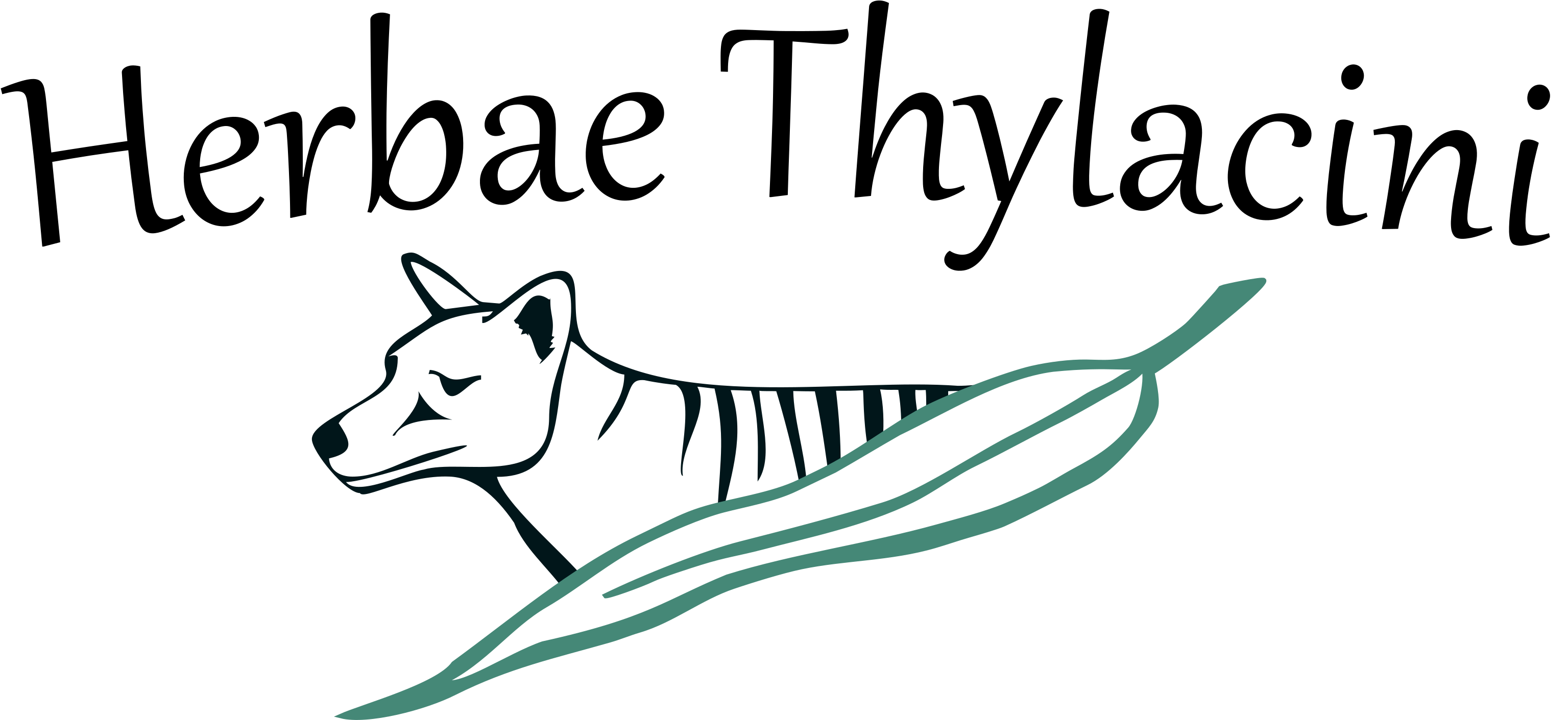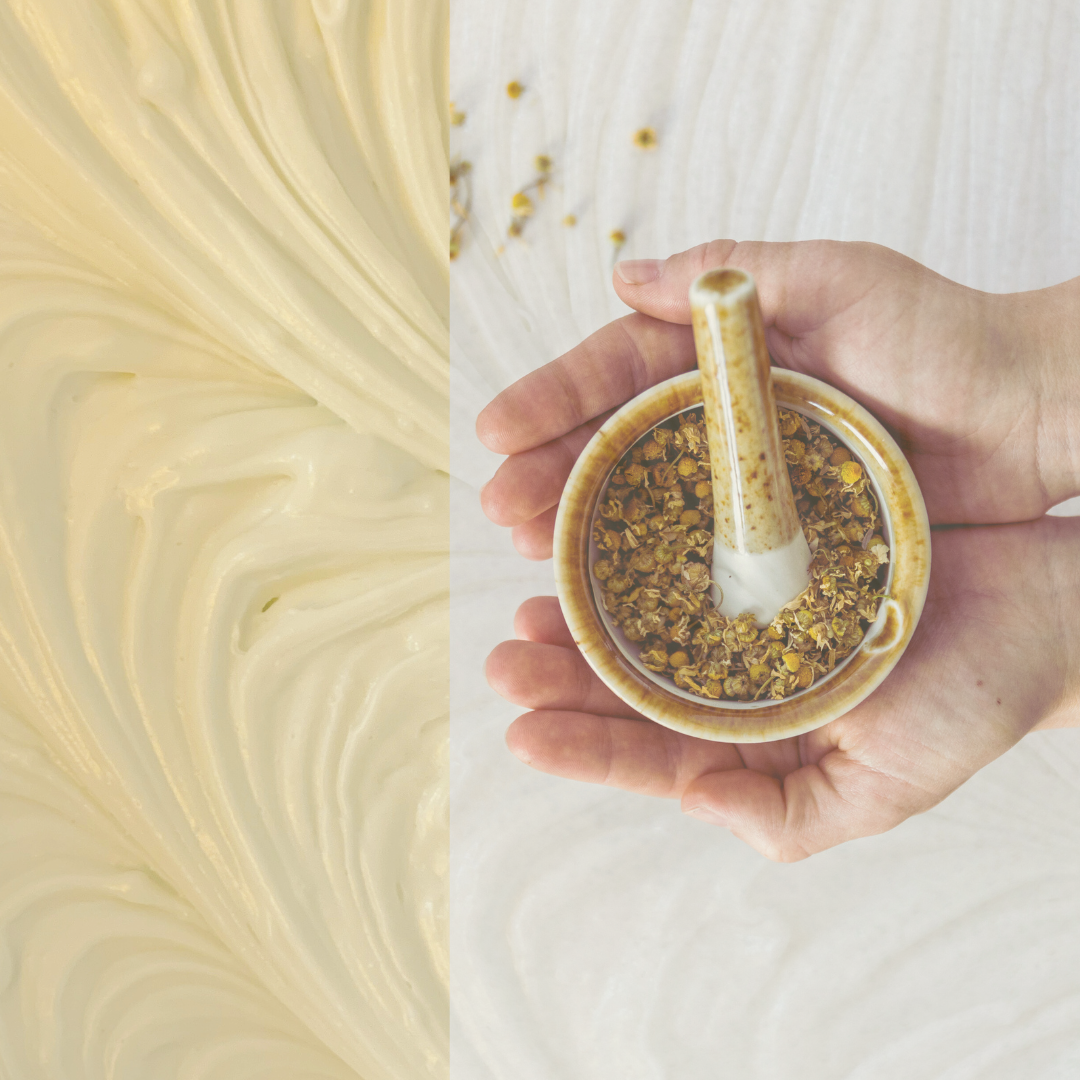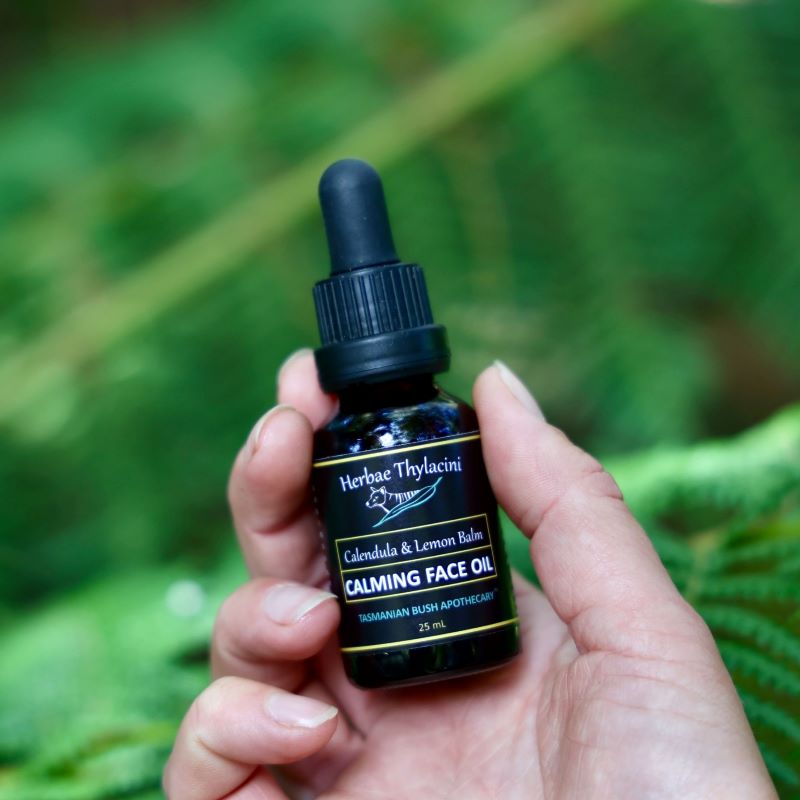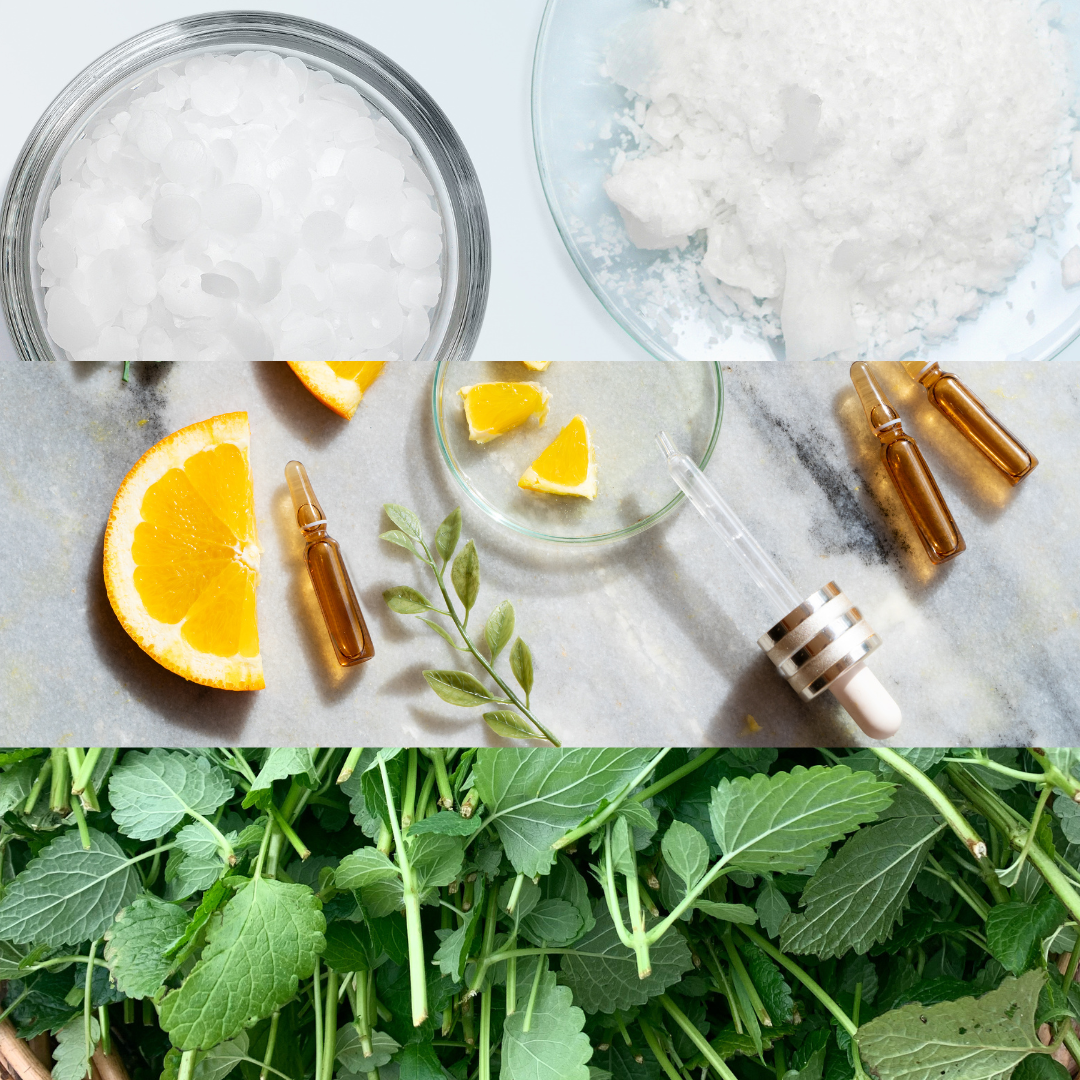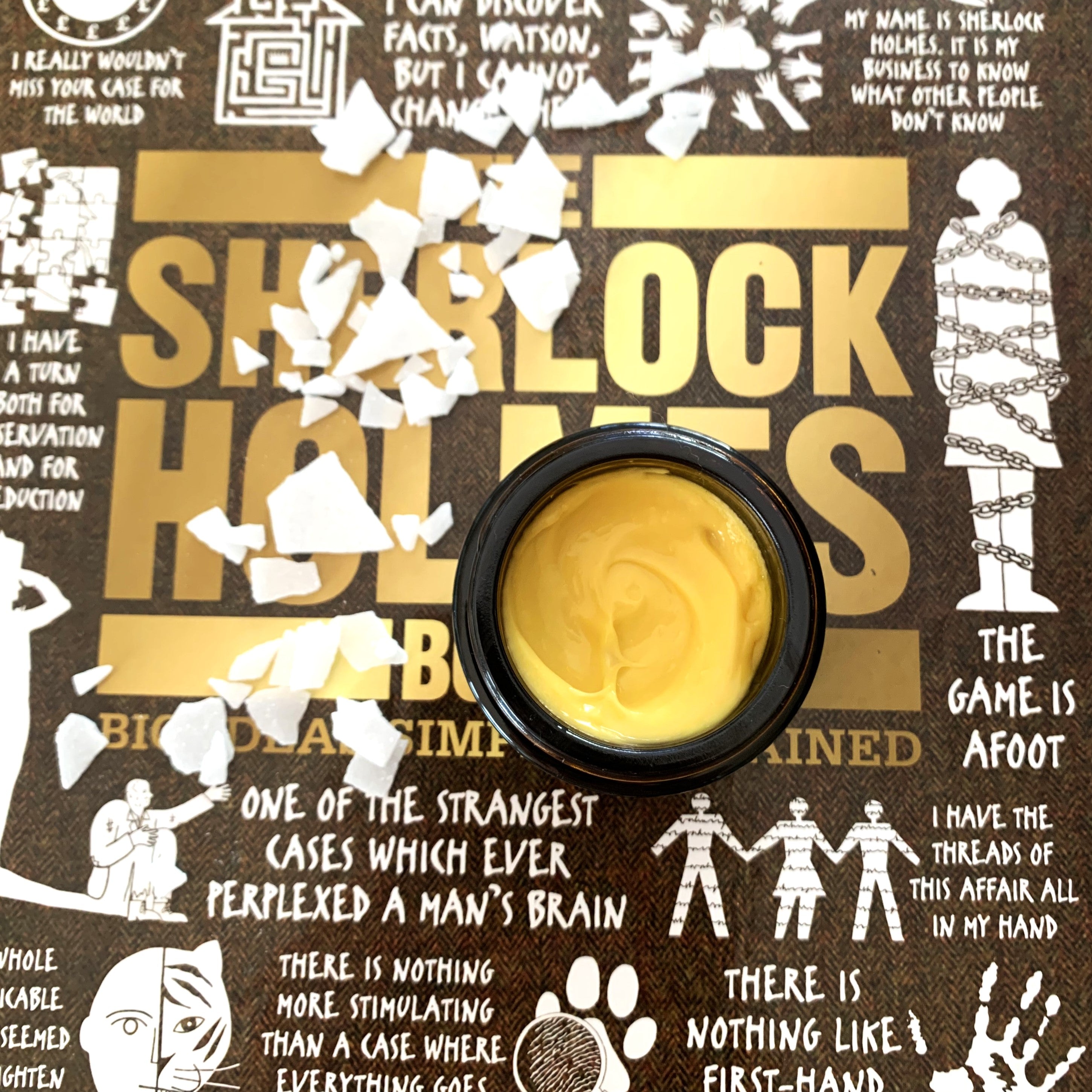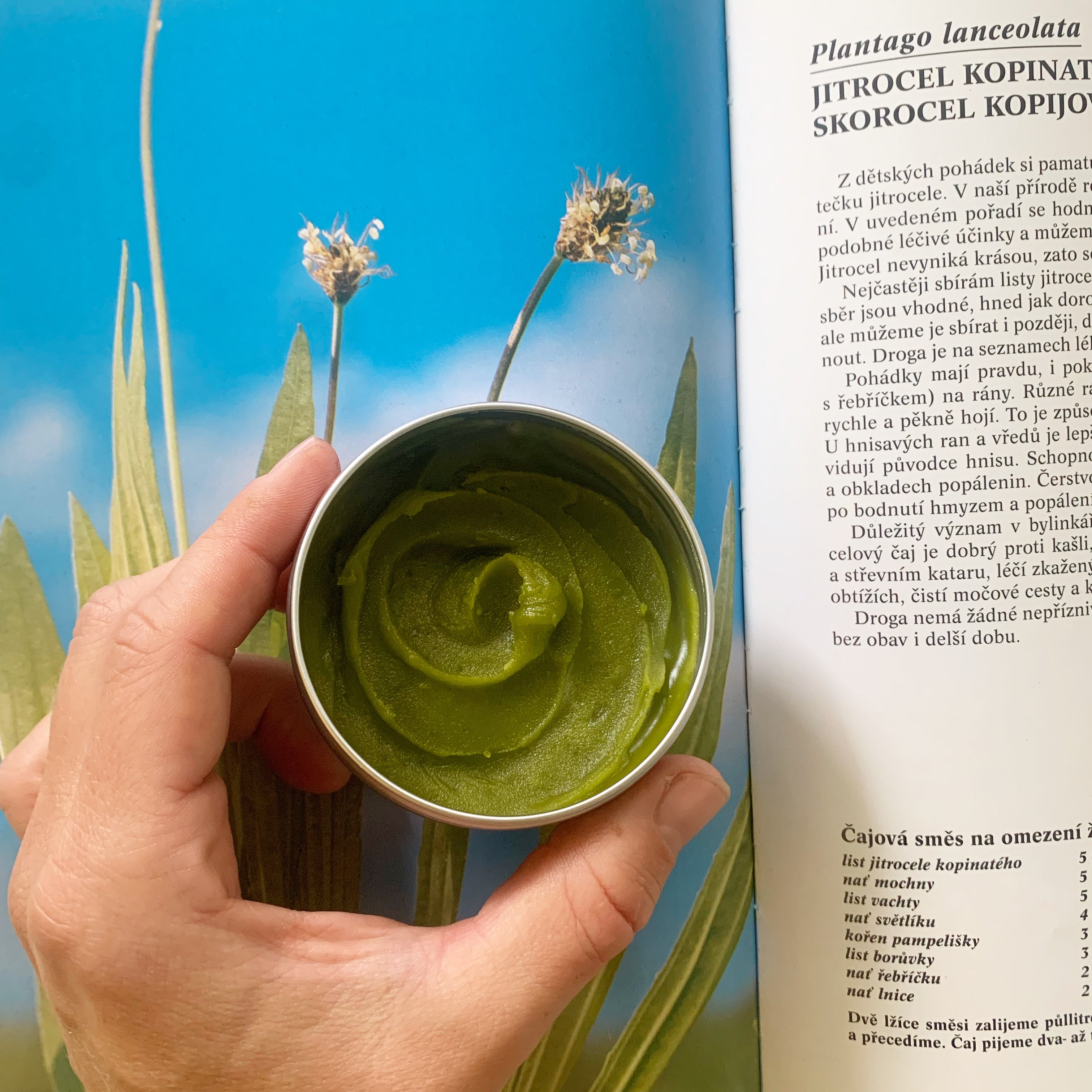
Plantain and plantain extract in natural skin care
Plantain medicine in skin care
Plantain (Plangato spp.) is a very versatile and what I would call a foundational medicinal plant. Plantain’s most pronounced herbal action is astringent followed by demulcent. It is a softening, moistening and cooling medicine. Plantain and its extracts are fantastic remedies for both, the skin and all mucous membranes.
In skin care, plantain has been used traditionally to treat wounds, boils and ulcers, especially those that are dirty, infected and/or contain pus. Plantain has a fantastic ability to pull out dirt, including a purulent exudate, even if it is deeply embedded. It is used with the same success for rotting teeth.
This “drawing” action is also praised in first aid scenarios when a splinter, stinger or a small object (like a thorn) needs to be pulled out of the skin. I have recently witnessed this powerful action myself; it DOES work.
Owing to its astringent qualities, plantain can staunch bleeding of small wounds, such as cut fingers. Because it is cooling in action, it can be successfully used to treat friction burns or uncomplicated small heat burns.
Additionally, plantain will help smooth rough skin.
Plantain’s chemical constituents
From a chemical constituents point of view, plantain is rich in allantoin, tannins, mucilage, vitamin C, silicic acid, and iridoid glycoside aucubin. In terms of skin care applications, allantoin and aucubin have been studied the most.
Aucubin
Aucubin seems to influence many organ systems of our bodies. Most notably for the context of plantain as skin medicine, aucubin has been found to have strong antifungal properties, inhibiting the growth of Candida albicans. [1]
Another publication, of this time experimental work, reported on aucubin-enriched cosmetic cream to increase hydration levels in the skin of 25 volunteers. (Well, the design of the study is not exactly bullet-proof though :)
Allantoin
Chemically, allantoin is a derivative of urea. Just like urea, it exhibits keratolytic properties. This means it speeds up the sloughing off the uppermost layer of the skin (Stratum corneum). This is not something you should be doing to a healthy skin. However, this activity is desirable in conditions were stratum corneum becomes too thick (think warts or keratosis pilaris) and needs a little help to be slowly brushed off. Furthermore, allantoin promotes cell turn-over and proliferation. In short: allantoin is great for wound healing. [2]
Plantain-based natural skin care remedies
Importantly, all of the significant medicinal constituents of plantain are soluble and extractable in water. The best remedies made from plantain should, therefore, be based on a water extract or use of the entire plant (i.e. the leaf in this case).
Or should they?
Let’s explore some of them.
Spit poultice
One of the most famous plantain remedies is a simple spit poultice. It is what is sounds like: you chew a leaf of plantain in your mouth for a minute or until a soft paste is made. Then you spit it out and place it on the affected skin area. You can fix it in place by another plantain leaf, or perhaps more efficiently, by a band-aid or a bandage. This easy remedy can be used to stop bleeding of a small wound, it can heal a blister, soothe a bee sting or a bug bite. It also works to draw a splinter out of the skin (as described above). It works like a magic.
The slight disadvantage is, that you need access (and quite often immediate access) to fresh plantain. While this is quite easy in Europe, where you can find plantain growing ubiquitously, finding it in Australia can be quite challenging.
Poultice
This is another traditional skin remedy that works with fresh plantain. It is effectively the same thing as a spit poultice, except that instead of chewing the leaves, you finely chop and/or mash them using mechanical tools. Because you can easily prepare much larger amount, poultice can be applied on larger skin areas that are irritated or damaged.
Irrigation
This means using a decoction of fresh plantain leaves as a wash for damaged skin. Matthew Wood (amongst many others) recommends irrigation of fresh wounds or ulcers with a strong decoction of plantain. The advantage over a poultice is that you avoid introducing debris (i.e. bits of plantain) into the wound.

Plantain cream
Despite its obvious use, this is for some reason not a very common remedy! The lack of plantain cream in herbal practice has been shocking me for a very long time. After a recent fresh plantain harvest, I was able to craft a cream (emulsion) using a strong decoction of fresh plantain leaves. I have combined it with lemon balm and sage infused oila. I have been using plantain cream for all the cases described above, including cut finger, rough dehydrated skin on arms, and friction burns. It worked wonderfully and obviously enabled to by-pass access to fresh plantain at the time of need.
Infused plantain oil and salve/balm
Instead of creams, traditional herbalists often work with plantain infused oil and oil-based remedies such as salves or balms. Based on what I wrote about plantain being rich on water soluble medicinal constituents, preparing an infused oil or a salve seems counterintuitive to me. Alas, it is a traditional remedy used by many.
Plantain balm made from a plantain-infused oil works well for drawing splinters (I have tried this myself!) and helps with rough skin management. However, plantain oil-based remedies are not suitable for all skin injuries! I will be talking about this in detail in one of my upcoming herbal skin care courses, namely Galenic Formulation in Herbal Skin Care.
I will share tips on how to make plantain-infused oil more effective in another course: Herbal Extracts for Skin Care. Get in touch if you would like to know more about either of the courses.
Finally, I make seasonally available plantain cream and plantain balm, so you can compare them side to side. Depending on when you read this post, you may access either remedies here.
